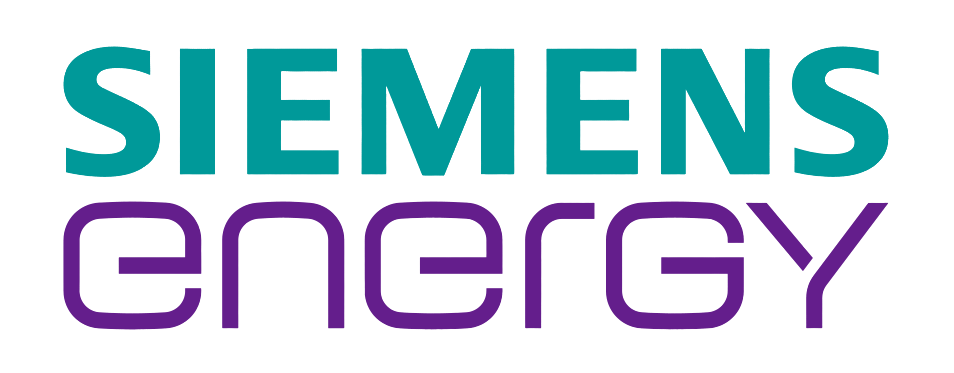Can Nuclear Power Reduce Energy Costs in Mining Industry by Replacing Fossil Fuels?
 Energy
Energy
Diesel costs, carbon penalties, and grid inaccessibility are pushing remote mining operations to a breaking point. With energy accounting for up to 25% of OPEX and diesel LCOE exceeding $300/MWh, the industry needs a stable, scalable alternative.
Microreactors offer a solution: compact nuclear systems with no refueling for up to 10 years, zero on-site emissions, and consistent power delivery even in isolated regions. Unlike solar and wind, microreactors provide round-the-clock reliability without storage dependency.
Key Stats
|
 |
Primary Takeaways from the Report
-
Diesel logistics create multi-million dollar annual overruns
-
Electrification with renewables alone is insufficient for baseload demand
-
Nuclear microreactors meet mining’s mobility, modularity, and emissions goals
-
Countries like Canada and the US are already piloting deployment
-
Carbon-free operations may soon be a procurement requirement for OEMs
Adopting nuclear microreactors is not just about cutting costs. It’s about energy independence, long-term operational stability, and aligning with the future of responsible mining. For sites battling fuel volatility, emissions pressure, and remote access limitations, this is a real, proven shift.
Contact us to explore modular nuclear solutions tailored to your mine’s footprint, energy load, and growth horizon.



 2 min read
2 min read
































